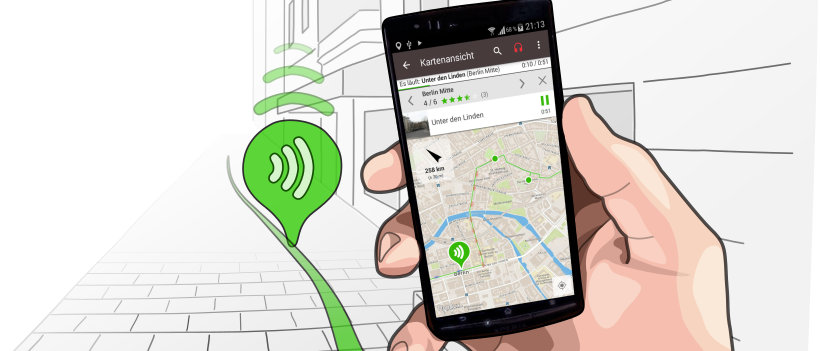For a whole 3 days, goods that were transported by ship had to be offered for sale to the people of Cologne, a clear advantage for the trading metropolis of Cologne, which has existed since the Middle Ages:
Not only did the patricians’ purses get a lot of money from this, the city itself was also able to earn considerable amounts of money through indirect taxes and fees for the use of municipal facilities by the sellers.
The wide range of goods meant that not only the citizens but also craftsmen, for example, were able to gain a competitive advantage over other regions.
Goods had always had to be reloaded in Cologne, as the shipping channel of the Lower Rhine was deeper than that of the Middle Rhine.
And so Archbishop Konrad von Hochstaden turned “necessity” into a virtue for Cologne and granted the city the staple right in 1259. It was not abolished until 1815.
Here, on the site of today’s staple house, fish was initially traded on a large scale, later also other foodstuffs and even raw materials. Like many other buildings, the imposing stacking house was destroyed in the Second World War and a new building was built on the same site in the 1960s, which is now the headquarters of the Cologne District Chamber of Crafts.
*And since we have already talked about the Rhine, our next destination will be about the exciting history of Cologne’s Rhine shipping. We will just go to the Cologne-Düsseldorfer pier on the Rhine. *



